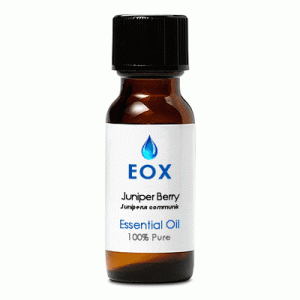|
Characteristics:
A water-white or pale yellow mobile liquid with a sweet, fresh, woody-balsamic odor. It blends well
with vetiver, sandalwood, cedarwood, mastic, oakmoss, galbanum, elemi, cypress, clary sage, pine,
lavender, labdanum, fir needle, rosemary, benzoin, balsam tolu, geranium, and citrus oils.
Principal Constituents: These are naturally occuring in the essential oil.
- monoterpenes
- pinene
- myrcene
- sabinene
- limonene
- cymene
- terpinene
- thujene
- camphene
General Actions:   Open Symbols Key
Open Symbols Key
Antirheumatic, antispasmodic, antitoxic, aphrodisiac, astringent, carminative, cicatrizant,
depurative, diuretic, emmenagogue, parasiticide, rubefacient, sedative, stomachic, sudorific,
tonic, vulnerary.
Safety:
 
Nonsensitizing, may be slightly irritating, non-toxic. Stimulates the uterine muscle and must not be
used during pregnancy. Should not be used by those with kidney disease due to its nephrotoxic effect.
Primary Therapy Agent:
Hemorrhoids, piles, accumulation of toxins, cellulitis, gout, rheumatism.
Secondary Therapy Agent:
Acne, baldness and hair care, dermatitis, eczema, greasy or oily skin/scalp, slack tissue, wounds,
arthritis, edema, water retention, obesity, amenorrhea, cystitis, dysmenorrhea, pruritis, colds/flu,
fever, anxiety, nervous tension, stress-related conditions.
Important Note: The information on Florapathics.com is
only provided for educational purposes, and further research should be done on each essential oil to be assured
of its proper usage for each individual. Aromatherapy is not meant to be a replacement for care under a qualified
health professional, but should be considered a complimentary modality.
|









